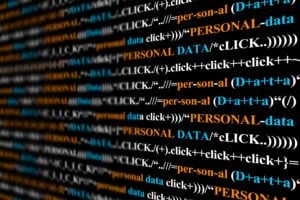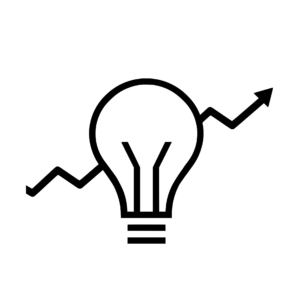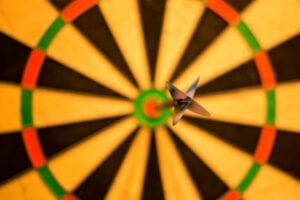According to ChatGPT, by anticipating what customers will need in the future and leveraging market trends to inform decisions today, organizations can use foresights to create a competitive advantage. This also helps marketers see the big picture, creating a vision for their team. Additionally, basing marketing decisions on consumer data helps ensure that brands remain relevant by providing products and services that meet the ever-evolving needs of consumers. Marketers can also use predictive analytics based on historical data to identify new opportunities, anticipate changes in the market or refine campaigns based on past success.
With a potential economic downturn occurring (or at least the market signaling one), it’s more important than ever to set goals with a clear strategy in mind.
- Keep an eye towards the future, and take into account what your customers want most.
- Identify your priorities during these challenging times and the insights you’re getting to ensure that your companies come out on top.
- And, tune into how consumers are shifting their spending so that you can align your strategy to their preferences.
The bottom line: Create a continuous market research program to get a 360-degree view of your businesses’ needs that will help you weather any downturn.
A key takeaway is that businesses can’t just live in the present. In a recent discussion on the subject, Ted Schilowitz, a Futurist at Paramount Global, noted that “businesses need to be looking ten years down the road, and dedicating part of their resources and creative talent into investigating what the next areas of profit margin and profit motive are going to be.” These teams need to be allowed to take risks in creating and experimenting with new technology, because it is this risk-taking of today that will lead to the technology of the future.
Gain A Competitive Advantage
How can marketers use predictive analytics to gain a competitive advantage? ChatGPT notes several ways marketers can leverage predictive analytics:
- Personalize customer experiences: Predictive analytics can be used to identify patterns in customer behavior and anticipate their needs, allowing marketers to deliver personalized content and offers that are tailored to each individual customer’s interests.
- Optimize pricing strategies: Predictive analytics can help marketers determine the optimal price for a product or service based on past purchase behavior and current market conditions. This allows them to adjust prices as needed in order to maximize profits while remaining competitive with other businesses in the industry.
- Targeted advertising campaigns: Predictive analytics can help marketers target ads more effectively by analyzing data about their customers’ preferences, demographics, location, search history, etc., so they can create customized ad campaigns that are likely to resonate with specific audiences and generate better results than generic ads would achieve.
- Improve lead scoring process: With predictive analytics tools such as machine learning algorithms, marketers can automate their lead scoring process and get more accurate insights into which leads are most likely to convert into paying customers over time – enabling them to allocate resources efficiently towards high-value prospects instead of wasting time on low-probability leads.
Predictive marketing benefits also include enhanced, data driven marketing performance; better planning; optimized campaigns; and a boost to customer intelligence initiatives. Certainly, future and foresight planning is and should be a core part of an integrated digital marketing strategy that would be beneficial to your business. Take insights and transform them into action with a focus on the future.
Contributor
-

Matthew Kramer is the Digital Editor for All Things Insights & All Things Innovation. He has over 20 years of experience working in publishing and media companies, on a variety of business-to-business publications, websites and trade shows.
View all posts

























































































